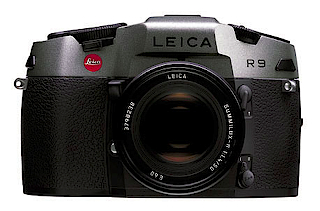Kijk op het fotografisch universum door Erwin Puts

- © 2005-2020 Erwin Puts Contact Me 0



| Correction | Density |
| 0,0 | 0,73 |
| - 0.1 | 0.84 |
| - 0.2 | 0.89 |
| - 0.3 | 0.92 |
| - 0.4 | 0.94 |
| - 0.5 | 0.99 |
| - 0.6 | 1.04 |
| - 0.7 | 1.11 |
| 0.0 | 0.73 |
| + 0.1 | 0.70 |
| + 0.2 | 0.68 |
| + 0.3 | 0,64 |
| + 0.4 | 0.60 |
| + 0.5 | 0.57 |
| + 0.6 | 0.50 |
| + 0.7 | 0.46 |


